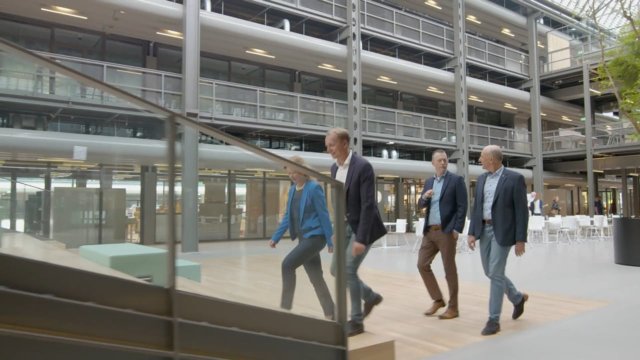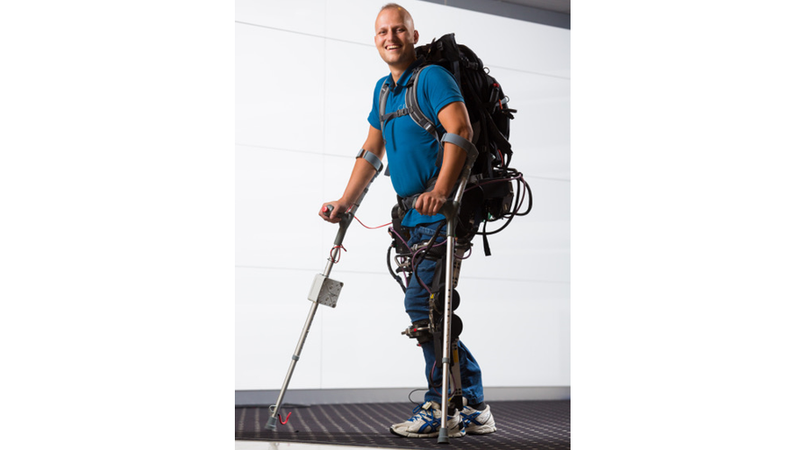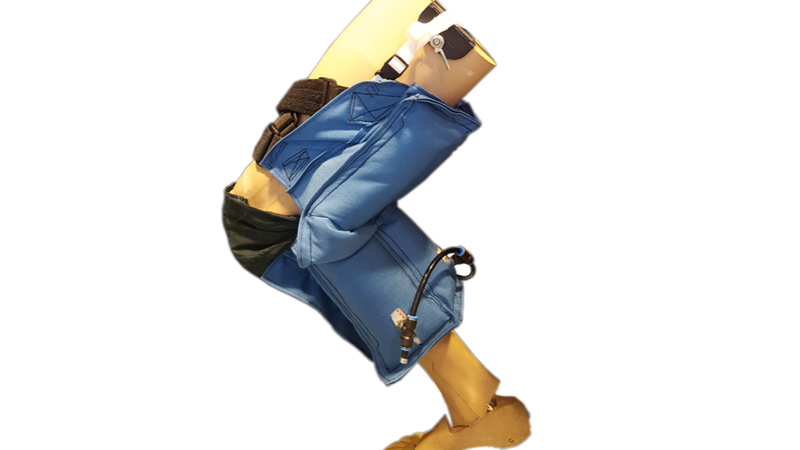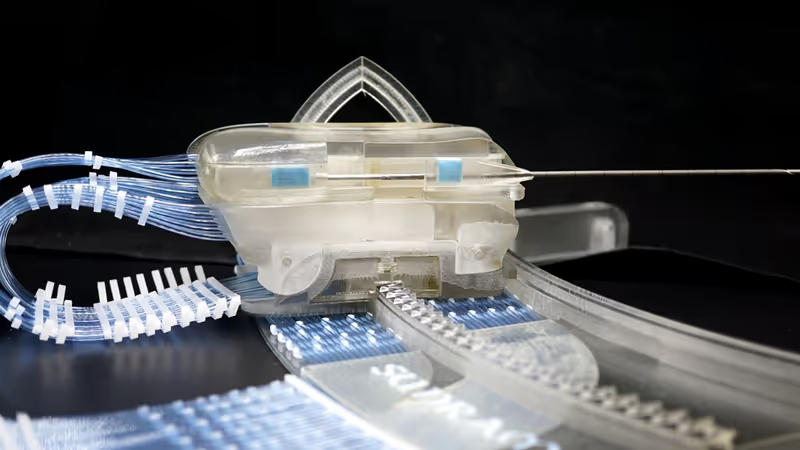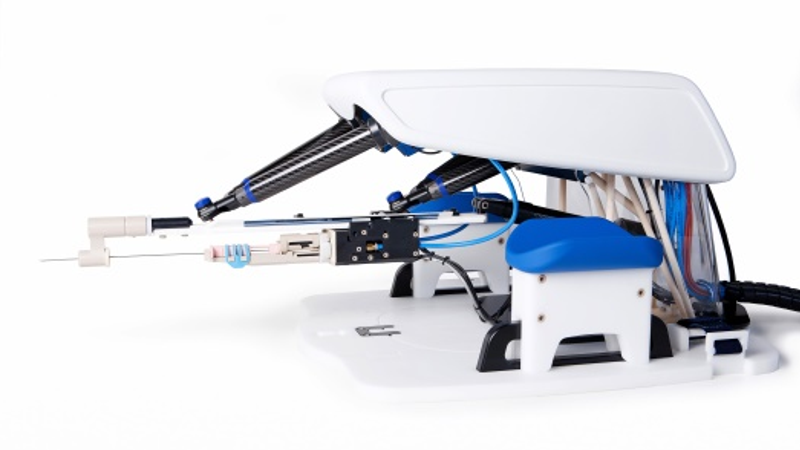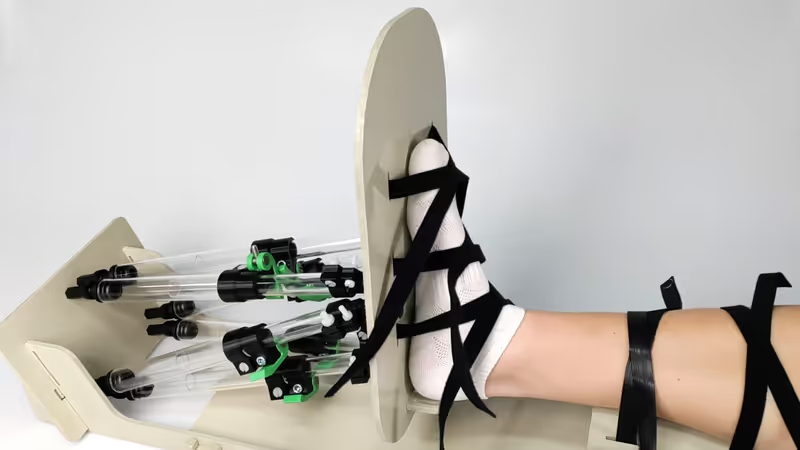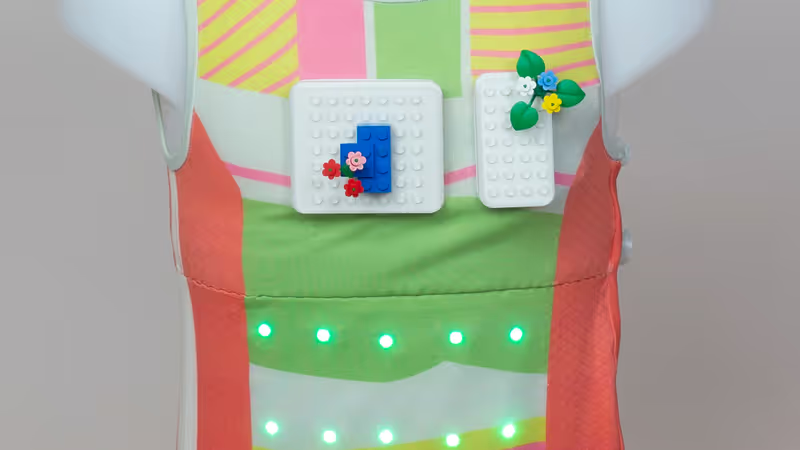The Design of Medical Devices & Robotics research domain develops engineering solutions based on mechanical, electrical, mechatronic, and robotic technology to improve the diagnosis, treatment, (home) monitoring, and support of widespread and rare diseases in society.
Examples of widespread diseases include cancer, cardiovascular diseases, stroke, and mobility deficiencies. Examples of rare diseases include cerebral palsy, spinal cord injury, severe foot deformities, and deficiencies in the SI joint. We believe that state-of-the-art technologies, smartly engineered by leveraging knowledge of physiology, biomechanics, ergonomics, and medical workflows, generate pervasive solutions that can revolutionize our society by addressing the challenges we face in healthcare, daily support, and collaborative work. These solutions must co-exist and collaborate with people to improve our way of living and well-being, be safe by complying with the Medical Device Regulation, and be developed with consideration for planetary health in general. That’s why people-centred design is our main focus. The interaction between people and medical devices must be natural, easy to use, and adaptable, from fully operated to fully autonomous.
Developing relevant solutions
In our two Robotic Surgery labs, multi-disciplinary teams of engineers, clinicians, industrial collaborators and patient representatives develop solutions for a broad range of clinically relevant challenges that are not solved by currently available technology. Students of our bachelor and master programs in Biomedical Engineering, Mechanical Engineering, Industrial Design Engineering, Robotics, Advanced Technology and Technical Medicine are actively involved in these teams. The challenges vary from MRI-guided breast biopsy procedures with a robotic needle manipulator to CT- and ultrasound guided robotics and needle steering, affordable assistive devices for patients with mobility issues, and personalized implants.
Wearable robotics
We also work on improving the quality of life for people with movement disorders. In the Wearable Robotics Lab at the University of Twente, we develop new interventions and diagnostic techniques based on fundamental insights into (impaired) human motor control. The application areas include therapeutic and diagnostic robotics, as well as assistive technologies. These foci span many diagnostic categories, including stroke, cerebral palsy, and Parkinson’s disease. Examples of assistive technologies include exoskeletons that enable over-ground mobility in the face of paralysis or other disorders.

